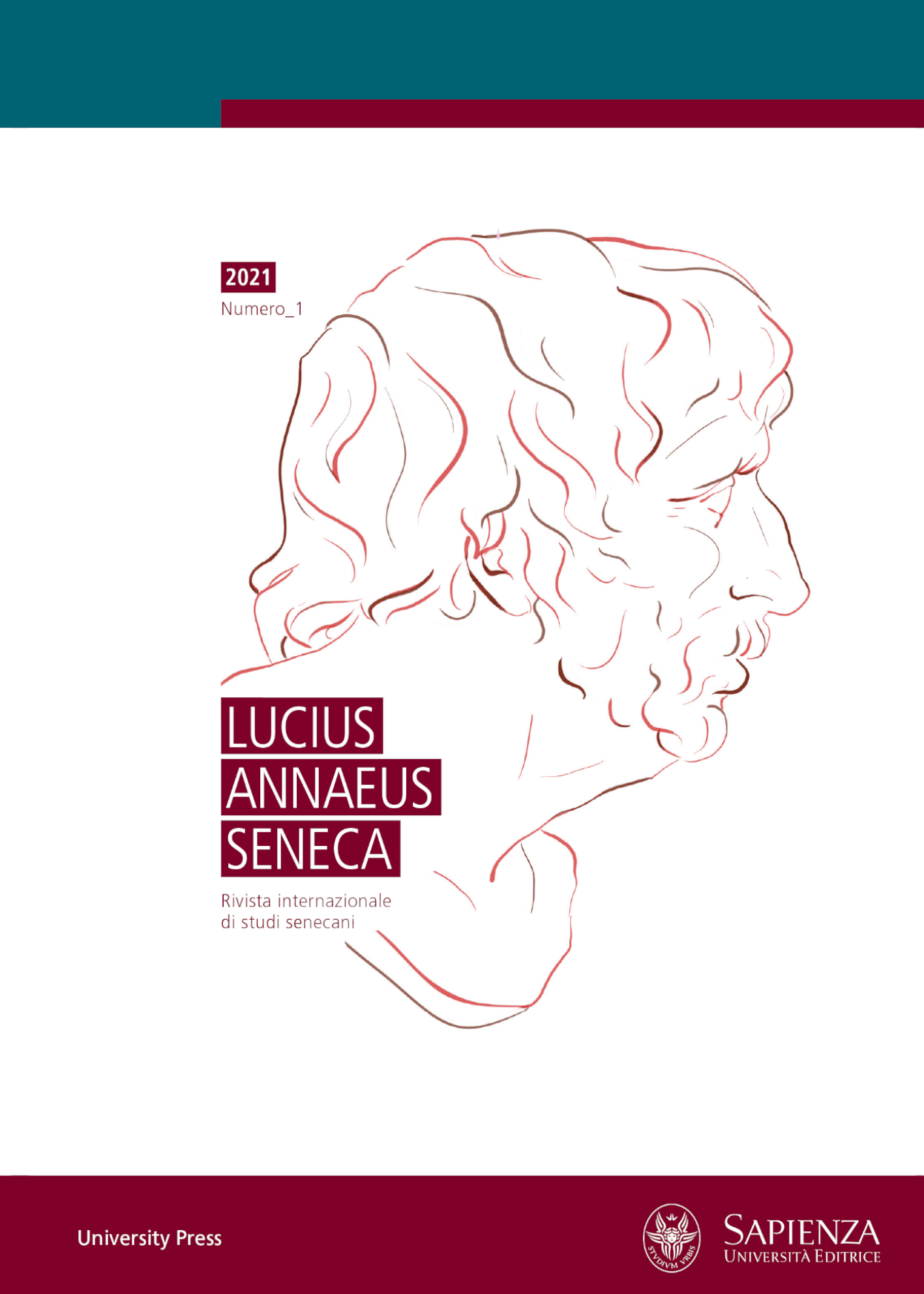Seneca’s medical imagery in the eschatological flood (Naturales Quaestiones 3.27-30)
Abstract
Seneca ends the third book of his Naturales Quaestiones, which deals with the nature and causes of terrestrial waters, with the narration of an imminent eschatological flood (Q Nat. 3.27-30). In this passage the concepts of natural law and divine intervention coexist. In this article, I argue that to accommodate this innovative – for the Stoics – idea into his philosophical didactic plan, Seneca alludes to Ovid’s Lycaon story (Met. 1.163-253) and responds to Ovid’s medical imagery of amputation by offering the metaphorical imagery of purgation and plague instead. In doing so, he appropriates the Epicurean therapeutic method. At the same time, he plausibly alludes to Lucretius’ and Vergil’s narratives of plague as well as to Ovid’s Phaëthon’s story. In the last part of the article, I briefly discuss how the narration of the eschatological flood, which aims at shaping a praemeditatio futurorum malorum and may arouse Stoic pre-emotions, could be associated with the notion of Stoic catharsis.##submission.downloads##
Pubblicato
2021-10-11
Come citare
Garani, M. (2021). Seneca’s medical imagery in the eschatological flood (Naturales Quaestiones 3.27-30). Lucius Annaeus Seneca, 1, 151–182. Recuperato da https://rosa.uniroma1.it/rosa01/lucius_annaeus_seneca/article/view/1938
Fascicolo
Sezione
Articoli
Licenza
Copyright (c) 2021 Myrto Garani

Questo lavoro è fornito con la licenza Creative Commons Attribuzione - Non commerciale - Condividi allo stesso modo 4.0 Internazionale.


